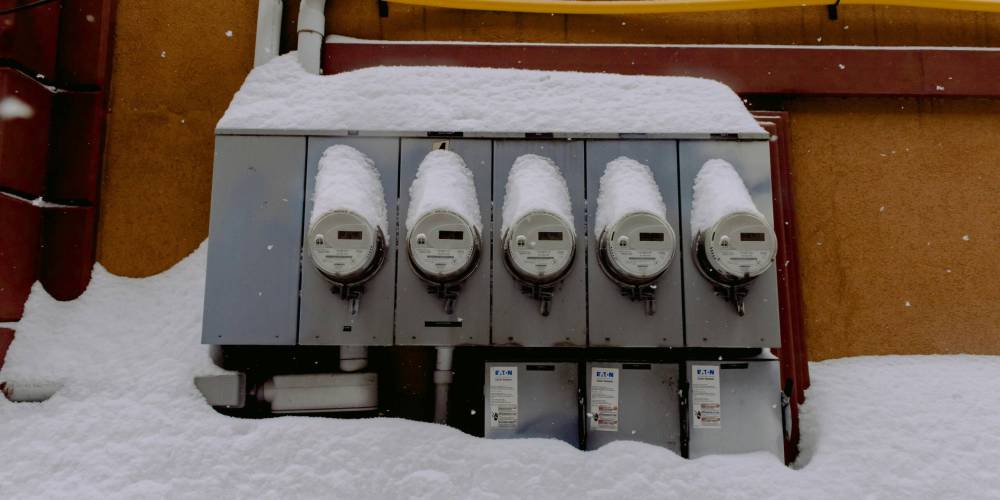If you’re planning to install solar panels in Ontario, one of the first decisions you’ll need to make is how to connect your system to the grid. In most cases, homeowners can choose between Net Metering and Load Displacement (also known as “Zero Export”).
Both are supported by local utilities such as Hydro Ottawa and Hydro One, but they work very differently and have distinct implications for costs, savings, and system design.

What Is Net Metering?
Net Metering is Ontario’s standard grid-tied solar program. When your panels produce more energy than your home needs, the excess electricity flows into the grid and earns you credits on your hydro bill. Later, when your panels aren’t producing enough (such as at night or in the winter), you draw power from the grid and use those credits to offset the cost.
This setup is ideal for maximizing the use of your solar energy across the entire year. In many homes, it allows you to reduce your electricity bill by 60 to 90 percent, depending on your usage and system size. Net Metering credits roll over for up to 12 months, so seasonal differences in production don’t result in lost energy.
Net Metering is especially useful for households that expect their electricity consumption to grow, such as those planning to add an electric vehicle or heat pump. You can expand your solar system in the future and continue to benefit from grid credits.
The main drawback of Net Metering is that it does not qualify for Ontario’s new Save on Energy rebate. As a result, you pay the full system cost upfront; however, over time, the long-term savings tend to outweigh this early expense.
What Is Load Displacement?
Load Displacement is a different type of grid connection where your system is configured not to export any electricity. All solar energy is either used immediately in your home or stored in a battery. Any excess generation that can’t be consumed or stored is simply wasted.
This option is required if you want to claim Ontario’s Save on Energy rebate, which offers $5,000 toward a solar system and $5,000 toward battery storage, for a total of $10,000 in rebates. To qualify, you must install both solar and battery, and commit to a zero-export design.
The big advantage here is a lower upfront cost. However, because you can’t send surplus electricity to the grid, you don’t get credit for all the power your system produces. In practical terms, that means lower overall savings compared to Net Metering.
Example Comparison
Let’s compare two identical solar setups to see how the math plays out.
Both systems include a 5 kW solar array and a 16 kWh battery. Under Net Metering, this system might cost around $34,750. Over 30 years, it could save the homeowner $88,000 on hydro bills, for a net present value (NPV) of around $53,000.
The same system under Load Displacement also costs $34,750 up front, but the homeowner receives a $10,000 rebate, bringing the effective cost down to $24,750. However, because the system can’t export, only about two-thirds of the solar output is actually used. Over 30 years, the total savings may be closer to $40,000, with a net present value (NPV) of about $15,000.
In this example, Load Displacement offers a lower starting cost but delivers less than half the long-term value.
Which Option Is Right for You?
If your priority is long-term savings and flexibility, Net Metering is usually the better option. It allows you to make full use of your solar energy, scale your system as needed, and earn credits from your utility. The trade-off is a higher upfront cost, since the provincial rebate does not apply.
Load Displacement may make sense if you are installing both solar and battery at once, want to access the rebate, and have stable or modest energy needs. It’s also useful for homeowners who want backup power and don’t expect to expand their system in the future. But once you go this route, you are locked out of Net Metering permanently.
In short, Load Displacement can be a good fit if you’re optimizing for initial cost. Net Metering makes more sense if you’re looking for the best return over time. If you’re not sure which path is right, your solar provider or utility can help assess your usage and goals.
Related Blogs & Articles